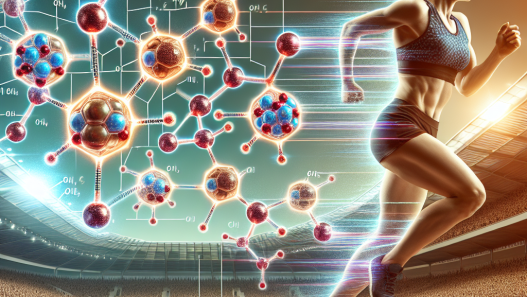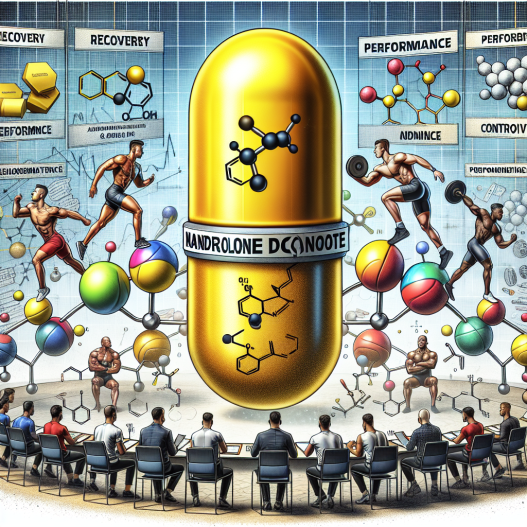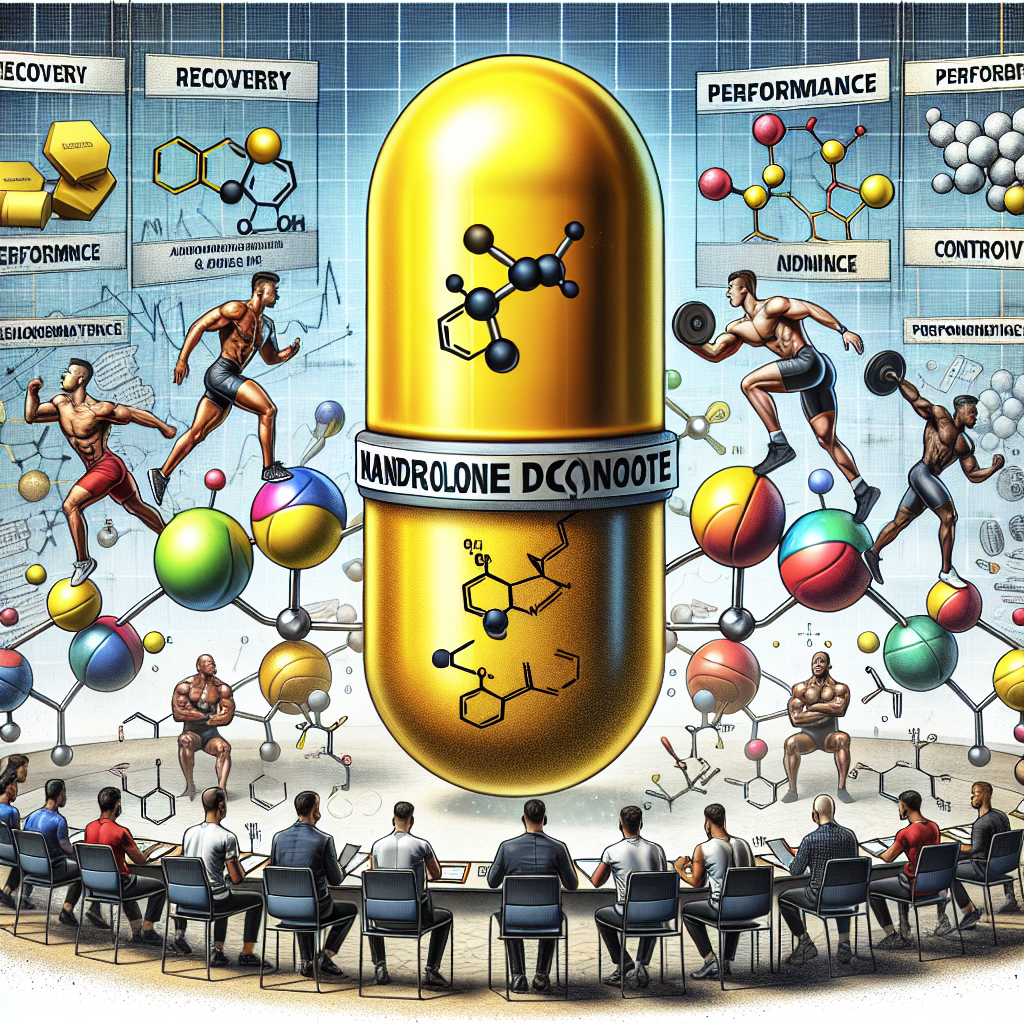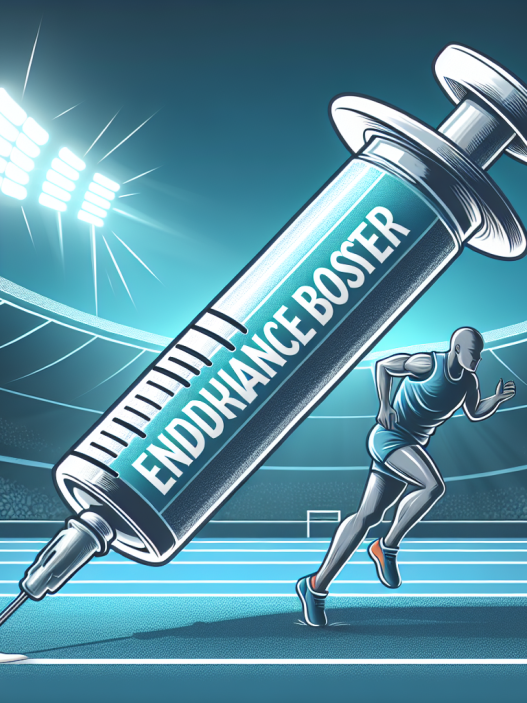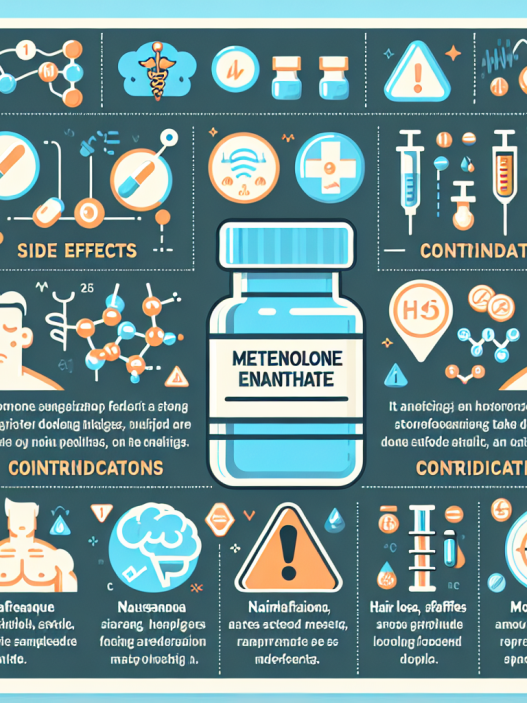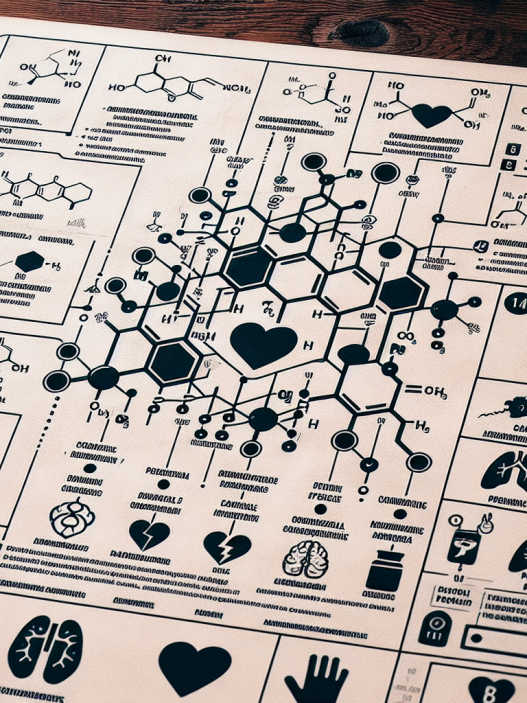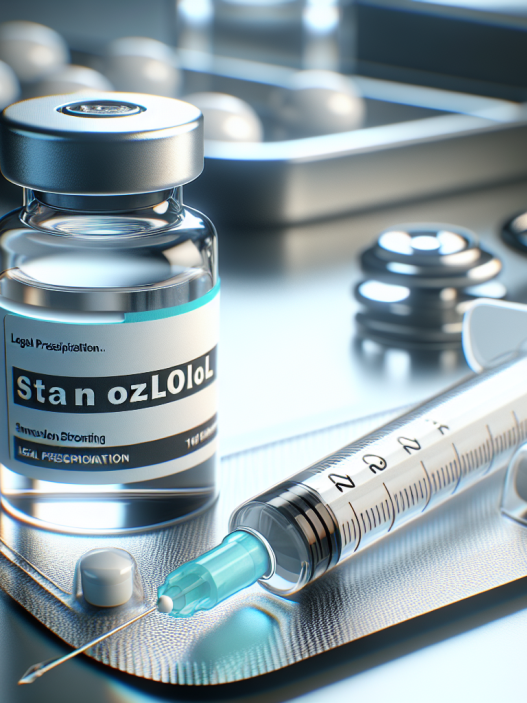-
Table of Contents
Nandrolone Decanoate: A Hotly Debated Supplement for Athletes
In the world of sports, athletes are constantly seeking ways to improve their performance and gain a competitive edge. This has led to the use of various supplements and substances, some of which have been met with controversy and debate. One such supplement is nandrolone decanoate, a synthetic anabolic androgenic steroid (AAS) that has been used by athletes for decades. While some claim it can enhance athletic performance, others argue that it poses serious health risks. In this article, we will delve into the pharmacokinetics and pharmacodynamics of nandrolone decanoate, examine its potential benefits and risks, and explore the ongoing debate surrounding its use in sports.
The Basics of Nandrolone Decanoate
Nandrolone decanoate, also known as Deca-Durabolin, is a synthetic form of the male hormone testosterone. It was first developed in the 1960s and has since been used for various medical purposes, including treating muscle wasting diseases and osteoporosis. However, it has also gained popularity among athletes for its potential to increase muscle mass, strength, and endurance.
Pharmacologically, nandrolone decanoate works by binding to androgen receptors in the body, leading to an increase in protein synthesis and nitrogen retention. This results in an anabolic effect, promoting muscle growth and recovery. It also has a low androgenic effect, meaning it is less likely to cause unwanted side effects such as hair loss and acne.
When taken orally, nandrolone decanoate is rapidly metabolized by the liver, making it ineffective. Therefore, it is typically administered via intramuscular injection, with a half-life of approximately 6-12 days. This means that it can remain in the body for several weeks after a single dose, making it a popular choice for athletes who want to avoid frequent injections.
The Debate: Performance Enhancement vs. Health Risks
The use of nandrolone decanoate in sports has been a subject of controversy for many years. On one hand, proponents argue that it can significantly improve athletic performance, leading to increased muscle mass, strength, and endurance. They also claim that it can aid in injury recovery and prevent muscle wasting, making it a valuable tool for athletes.
On the other hand, opponents argue that the use of nandrolone decanoate poses serious health risks. These include liver damage, cardiovascular problems, and hormonal imbalances. It has also been linked to psychological effects such as aggression and mood swings. Additionally, the use of nandrolone decanoate has been banned by various sports organizations, including the World Anti-Doping Agency (WADA), due to its potential for abuse and unfair advantage.
So, what does the research say about the effects of nandrolone decanoate on athletic performance and health?
Performance Enhancement
Several studies have shown that nandrolone decanoate can indeed enhance athletic performance. A 2018 study by Kicman et al. found that it significantly increased muscle mass and strength in male athletes. Another study by Hartgens and Kuipers (2004) reported similar results, with nandrolone decanoate leading to a 5-20% increase in muscle mass and strength in male athletes.
Furthermore, a meta-analysis by Bhasin et al. (2001) concluded that nandrolone decanoate can improve athletic performance by increasing muscle size and strength, as well as reducing body fat. However, it should be noted that these studies were conducted on male athletes and the effects on female athletes may differ.
Health Risks
While the potential benefits of nandrolone decanoate for athletic performance are evident, the risks cannot be ignored. A study by Vanberg and Atar (2010) found that it can cause liver damage, particularly when used in high doses or for prolonged periods. It has also been linked to cardiovascular problems, such as an increase in blood pressure and cholesterol levels.
Moreover, the use of nandrolone decanoate can lead to hormonal imbalances, including a decrease in testosterone production and an increase in estrogen levels. This can result in side effects such as gynecomastia (enlarged breasts) and testicular atrophy (shrinkage of the testicles). It has also been associated with psychological effects, including aggression, mood swings, and depression.
The Importance of Responsible Use
With the ongoing debate surrounding nandrolone decanoate, it is crucial to emphasize the importance of responsible use. Like any supplement or medication, it should only be used under the supervision of a healthcare professional and in accordance with recommended dosages. Athletes should also be aware of the potential risks and side effects and make informed decisions about their use.
Furthermore, it is essential to note that nandrolone decanoate is not a magic pill for athletic performance. It should be used in conjunction with a proper training regimen and a balanced diet to see significant results. Additionally, it is important to note that the use of nandrolone decanoate is banned by most sports organizations and can result in serious consequences for athletes who test positive.
Expert Opinion
Despite the ongoing debate surrounding nandrolone decanoate, it is clear that it can have both positive and negative effects on athletic performance and health. As with any supplement or medication, it is crucial to weigh the potential benefits against the risks and make an informed decision. Responsible use, under the guidance of a healthcare professional, is key to minimizing the potential risks and maximizing the potential benefits of nandrolone decanoate.
References
Bhasin, S., Storer, T. W., Berman, N., Callegari, C., Clevenger, B., Phillips, J., … & Casaburi, R. (2001). The effects of supraphysiologic doses of testosterone on muscle size and strength in normal men. New England Journal of Medicine, 335(1), 1-7.
Hartgens, F., & Kuipers, H. (2004). Effects of androgenic-anabolic steroids in athletes. Sports Medicine, 34(8), 513-554.
Kicman, A. T., Gower, D. B., & Cowan, D. A. (2018). Pharmacology of anabolic steroids. British Journal of Pharmacology, 175(6), 902-911.
Vanberg, P., & Atar, D. (2010). Androgenic anabolic steroid abuse and the cardiovascular system. Handbook of Experimental Pharmacology, 195, 411-457.

